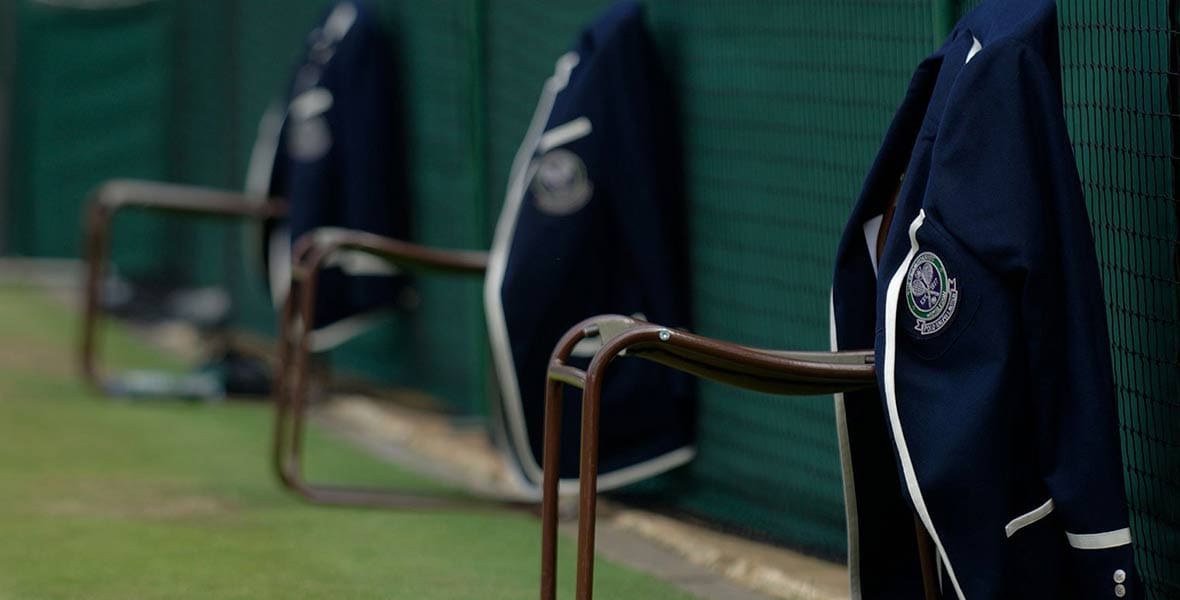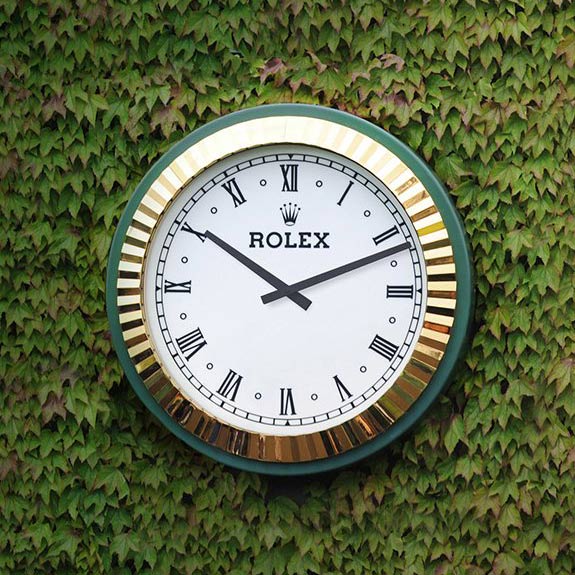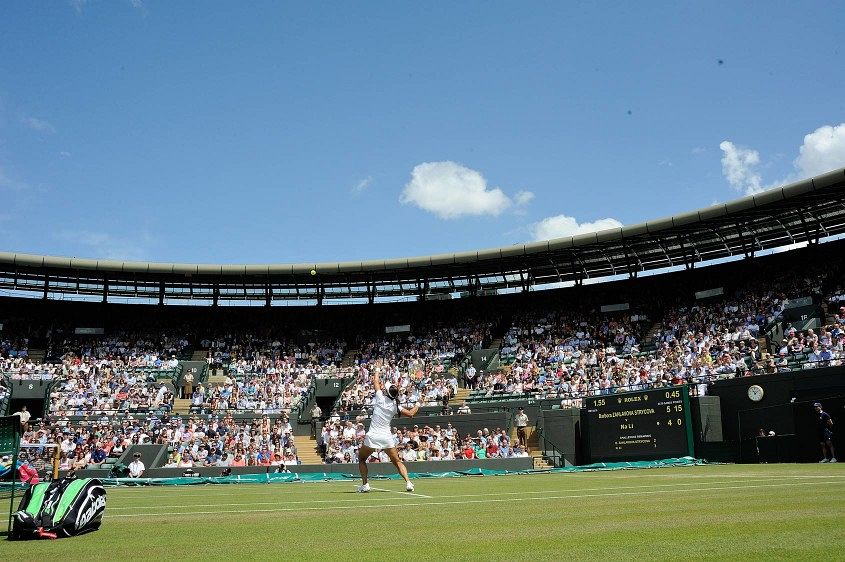INSIGHT: Rolex and Wimbledon – a tradition of excellence
Felix ScholzWimbledon 1978. American Martina Navratilova picked up her first singles Grand Slam, Bjorn Borg defeated Jimmy Connors in straight sets (the third of five consecutive Wimbledon titles). Kelly Reid and Wendy Turnbull brought some silverware back to Australia in the ladies doubles. Wimbledon 1978 was also the first year that Rolex were the official timekeepers of tennis’ most distinguished tournament.
37 years on and Rolex are still keeping time at Wimbledon. But that doesn’t mean they’re impartial. Even if Roger Federer were not a Rolex Testimonee national pride would have them cheering him on. But he is, and Federer is very much a part of the Rolex family (they gave him a birth-year Daytona from 1981 for his 30th birthday), as are fellow Wimbledon hopefuls Juan Martin Del Potro, Jo-Wilfried Tsonga, Caroline Wozniacki and Ana Ivanovic. Any one of these players could take home a singles title this year.
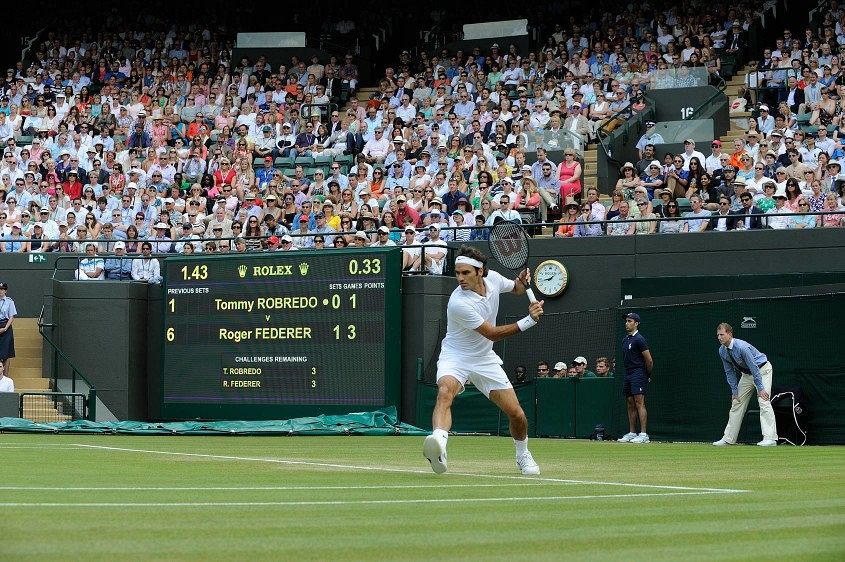
From the outside it appears that commerce isn’t the only thing that binds Wimbledon and Rolex, it is shared values, too. Both organisations place an enormous emphasis on the values of tradition and excellence. The fact that Rolex is one of the few companies with a presence on the courts is further testament to the strength of the partnership.
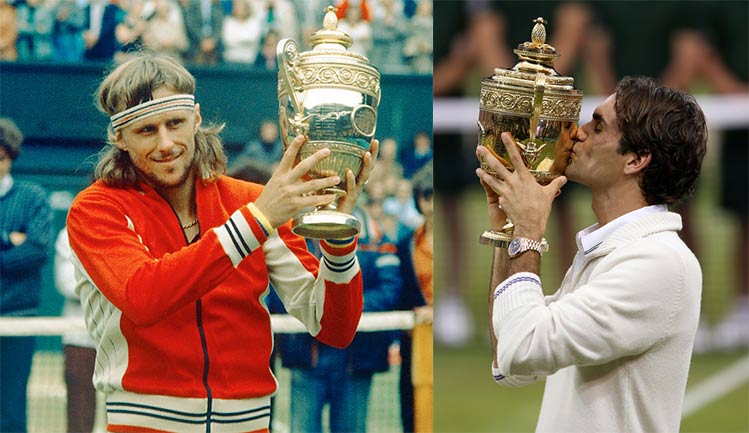
The All England Club at Wimbledon is the last bastion of tennis as it used to be played; the tournaments have been battled out on the grass lawns since 1877. And with such a long history (even longer than Rolex), they have a lot of traditions to safeguard. Not even the greatest champion is safe from the strict ‘tennis whites’ dress code, and it’s the only Grand Slam where the men and women in the competition are still ladies and gentlemen. Far from being stuck in the past, Wimbledon understands that the traditions of the tournament are what make it great.
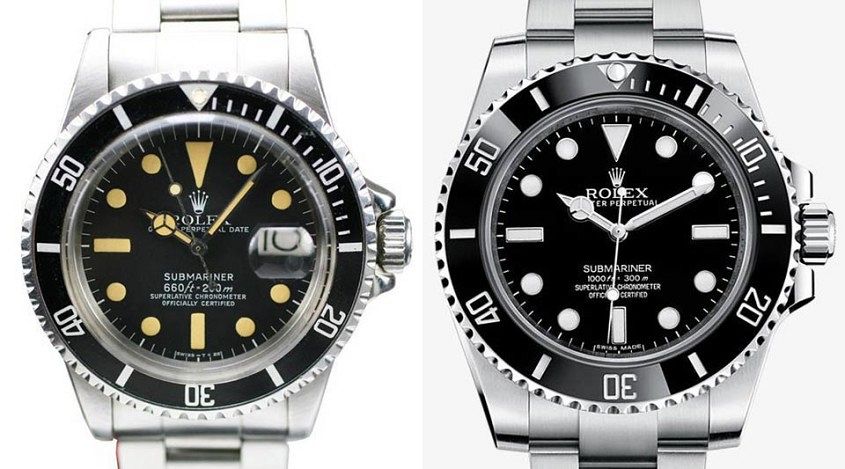
Tradition and excellence are of paramount importance to Rolex too. Take for example these two Rolex Subs. One dates from 1978, their first year as Wimbledon timekeepers, and the other from 2015. There are far more commonalities than differences, and both watches are still unmistakably Submariners. And what changes there are have been made to improve the performance, reliability and robustness of the watch. By resisting the urge to change the Submariner formula Rolex are demonstrating that they recognize that their traditions make them great.
Wimbledon and Rolex are prestigious names that personify the spirit and the legacy of professional tennis and fine watchmaking. For the last 37 years these two institutions have been partnered together. Today Rolex is as much a part of Wimbledon as strawberries and cream. It would now be almost unthinkable to imagine the courts without the crown on the scoreboard or the Rolex clock on the ivy covered walls.




